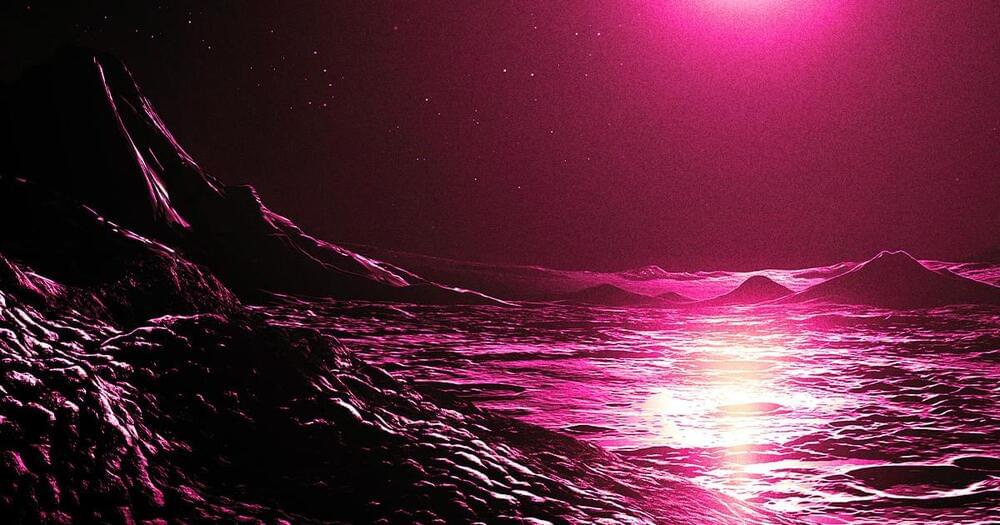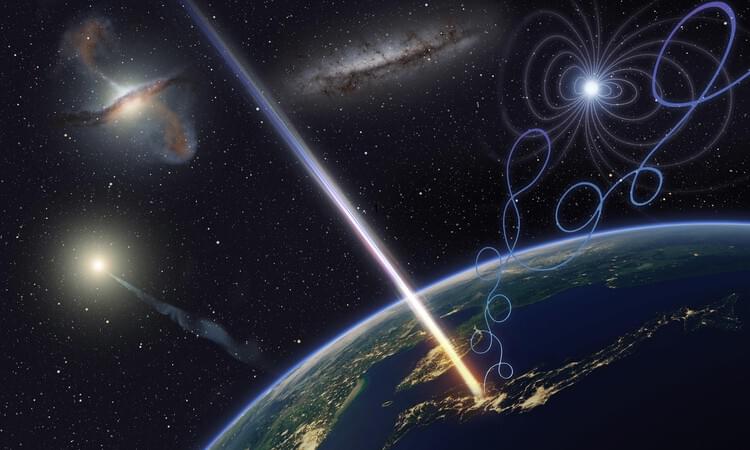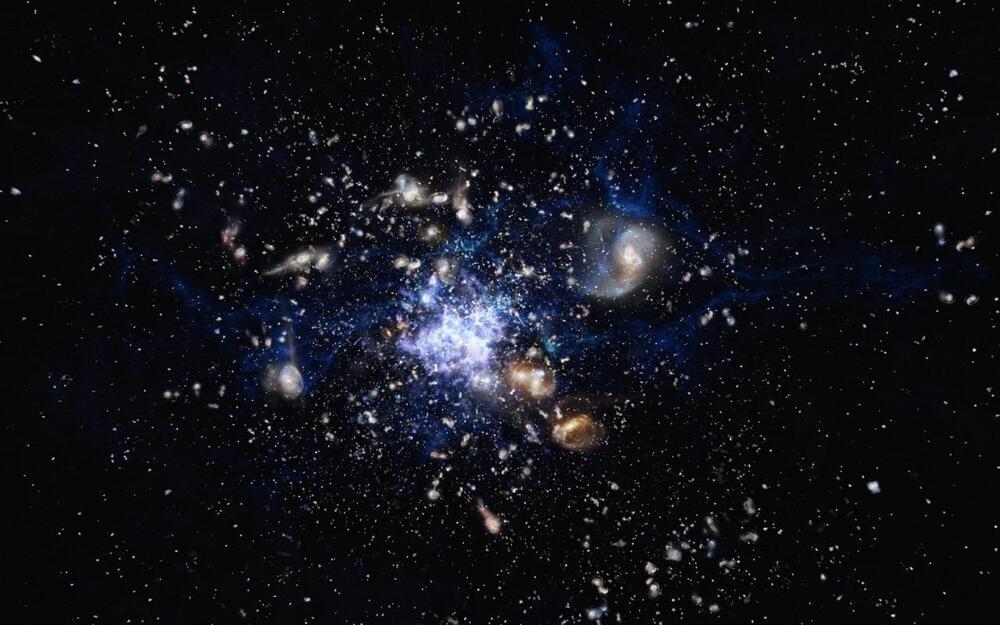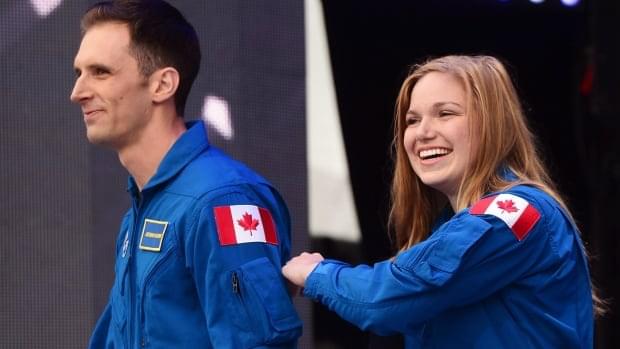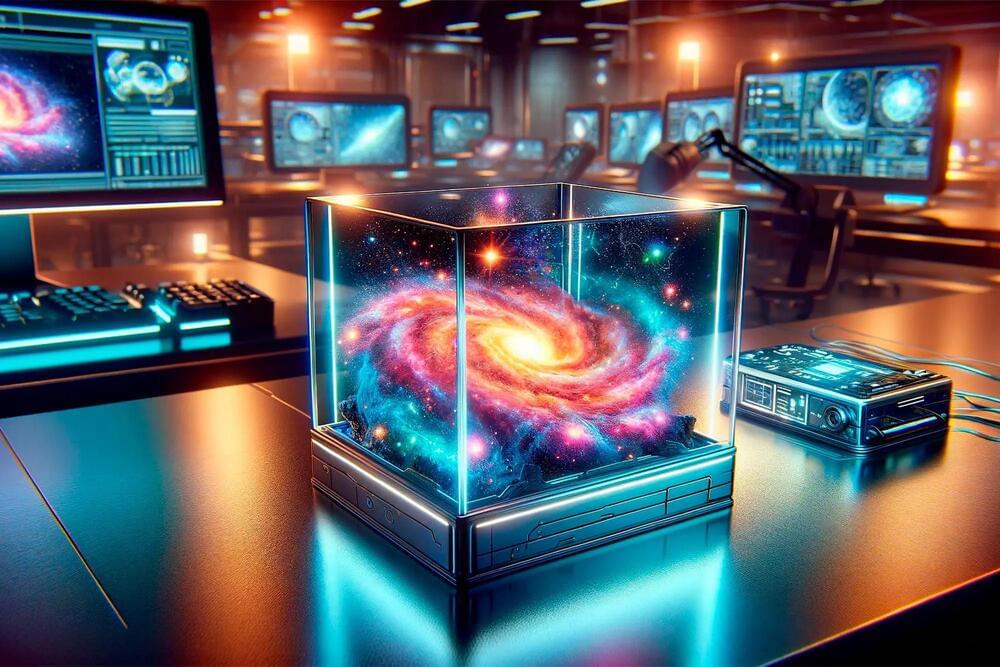“Luna is a twenty-first-century penal colony but, since no one can stand Earth gravity after being on the moon for a few weeks, all who are sent there must stay. When the liberated people rise against the authority, they receive unexpected help from a computer with a personality.“
Part 1 ||||| You can find Part 2 here: https://youtu.be/P1jI2Oh4-lo.
Chapter list:
00:00:00 — (i) Book info.
00:02:25 — (01) That Dinkum Thnkum 01
00:27:06 — (02) That Dinkum Thnkum 02
00:57:20 — (03) That Dinkum Thnkum 03
01:35:45 — (04) That Dinkum Thnkum 04
02:03:08 — (05) That Dinkum Thnkum 05
02:34:06 — (06) That Dinkum Thnkum 06
03:09:22 — (07) That Dinkum Thnkum 07
03:30:53 — (08) That Dinkum Thnkum 08
03:49:45 — (09) That Dinkum Thnkum 09
04:46:19 — (10) That Dinkum Thnkum 10
05:12:25 — (11) That Dinkum Thnkum 11
05:47:51 — (12) That Dinkum Thnkum 12
06:08:50 — (13) That Dinkum Thnkum 13
Like these books? Want to help?
These books come from the National Library Services.
I encourage you to donate:
https://www.loc.gov/nls/about/donate/

